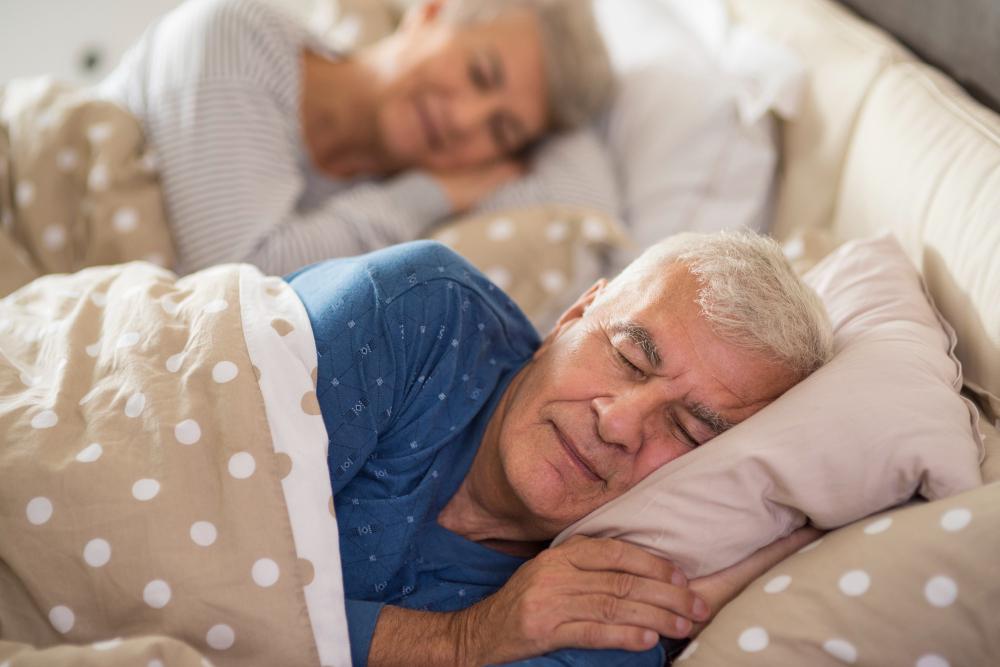Immediately after a hair transplant surgery, patients need to avoid their scalp from coming into contact with anything that could hinder the healing process. This includes their pillow. This means that patients will need to carefully alter their sleeping position temporarily. But, what does this entail and how long does a patient need to do this?
Patients need to sleep with their heads slightly elevated above their chest like they would for many other forms of surgery. This can help reduce swelling after hair transplant Raleigh, NC. However, it is also important that their scalp not come in direct contact with the pillow and that they do not turn their head when sleeping. To facilitate this, it is recommended that patients wear a travel pillow as they sleep. This helps to keep the head from having contact with the pillow and also prevents the head from turning.
Understandably, this can be uncomfortable, but for the first ten or so days after hair transplant surgery, the follicles are fragile. Even small amounts of pressure or trauma could cause the transplanted hair not to survive and take root in its new area. Generally, after ten days, patients can sleep on their side, but should still avoid placing any direct pressure on the donor or transplant sites. If this continues to be difficult, patients can continue using the travel pillow.
Two weeks after surgery, patients can sleep normally again without worry of ruining their results. In rare cases, Dr. Jindal may tell patients to continue to be careful. This may occur when a patient smokes or has certain conditions that cause the body to heal slower.
The recommendations do not vary significantly between hair restoration methods. However, in the case of a FUT hair transplant, it is even more important to prevent any pressure on the incision because it tends to heal more discreetly when left alone. Based on your specific situation and procedure, Dr. Jindal will provide personalized post-procedure instructions.
What Else Do You Do During A Hair Transplant Recovery?
Dr. Jindal will provide patients with personalized post-operative instructions. Some of the most common recommendations Dr. Jindal makes include:
- Keep surgical area out of the sun
- Do not wash your hair until okayed by Dr. Jindal
- Do not scratch or touch the operation areas
- Avoid strenuous activities
- Spray with saline water as directed (if recommended)
- Get plenty of rest
- Do not remove any scabs
- Know what to expect during recovery
- Attend all post-operative appointments
Conclusion
Dr. Sumeet Jindal is a top provider of hair transplant Raleigh, NC. Offering many techniques—including robotic hair transplant—Dr. Jindal customizes each procedure to fit the patient and their goals. He also champions non-surgical hair restoration methods whenever possible to avoid performing hair transplants unnecessarily or before they are generally recommended.
To learn more and schedule a consultation, call us at 919-861-4494 ext. 3. Patients can also reach out online via chat, contact form, or Price Simulator. Those interested in a virtual consultation can book it online.

